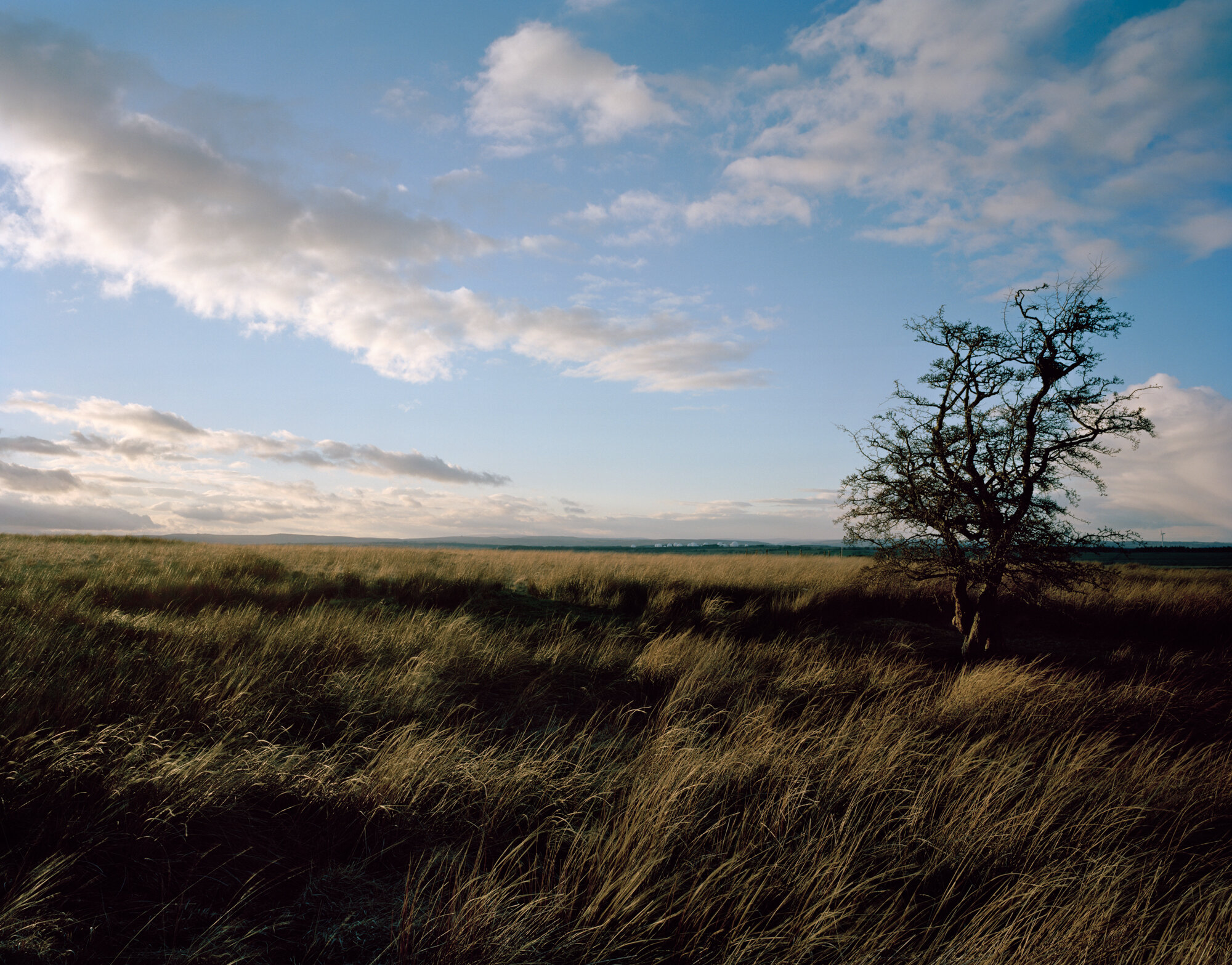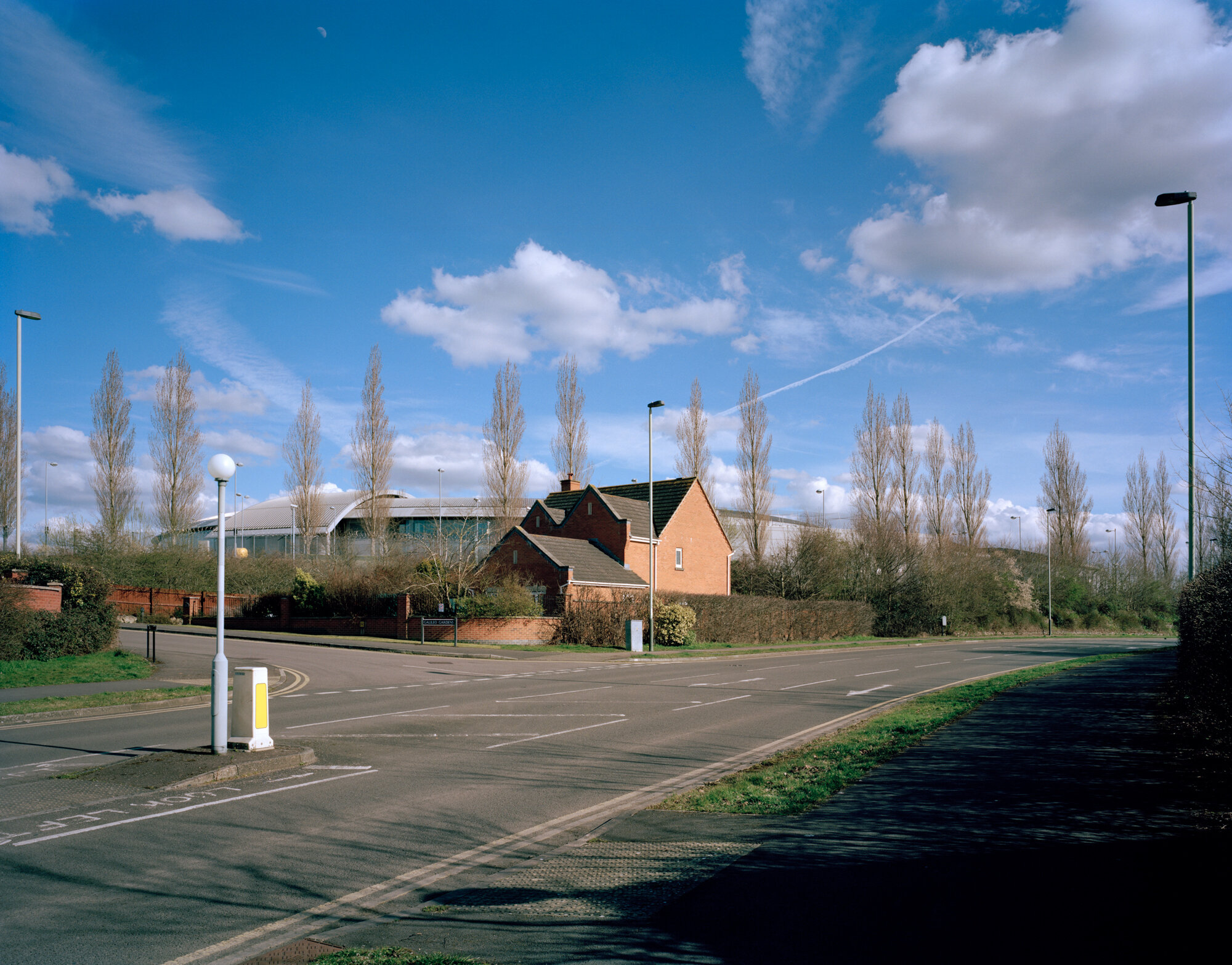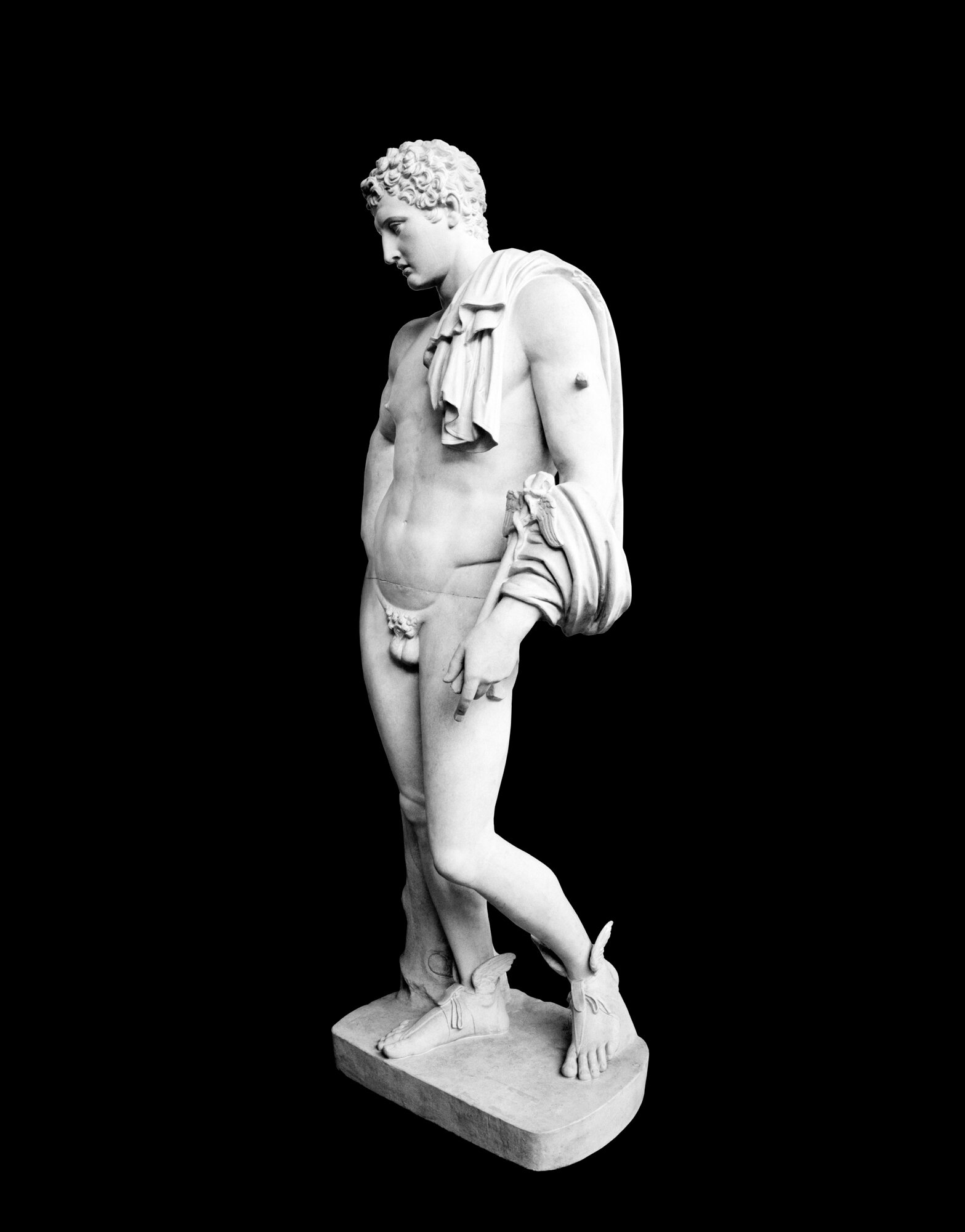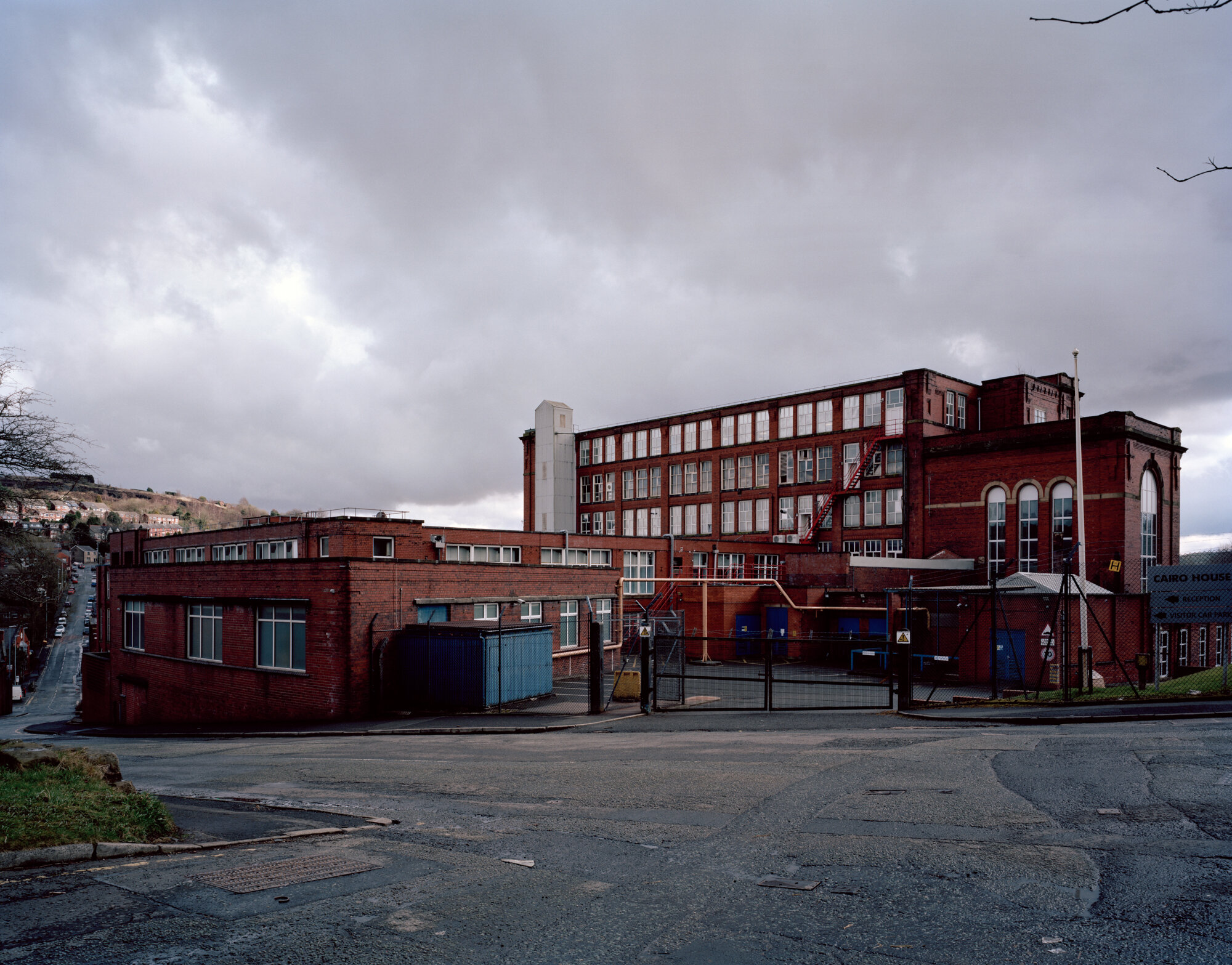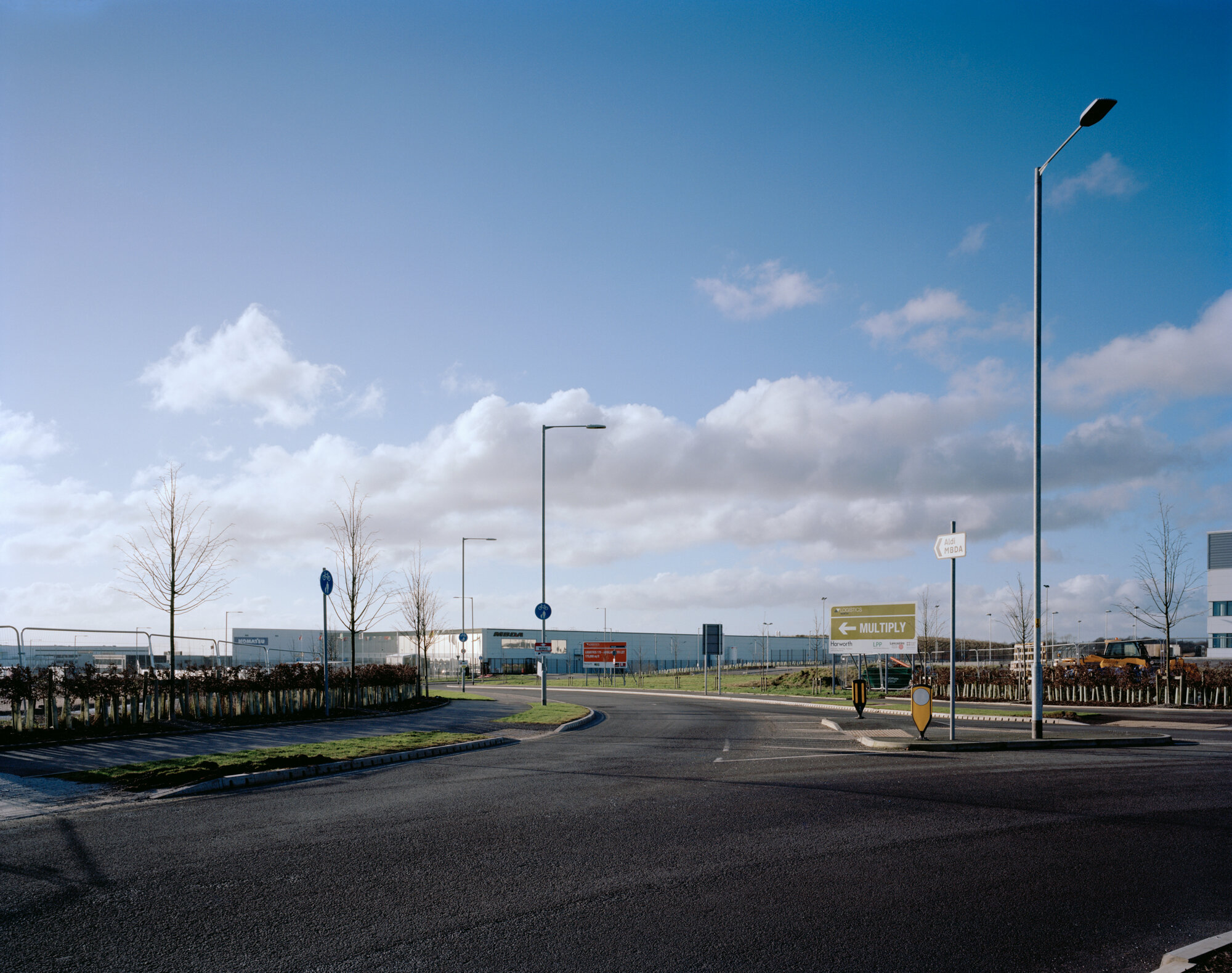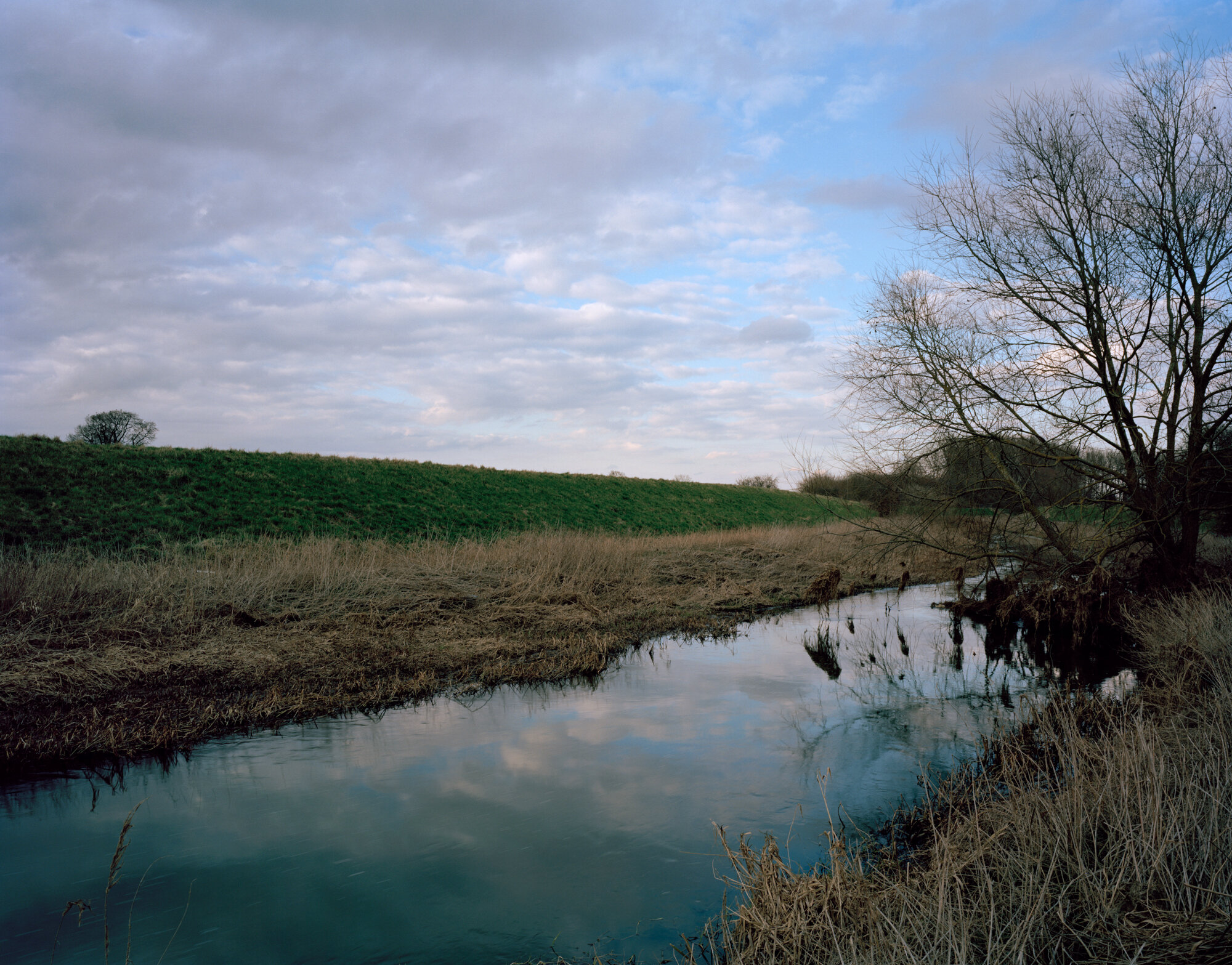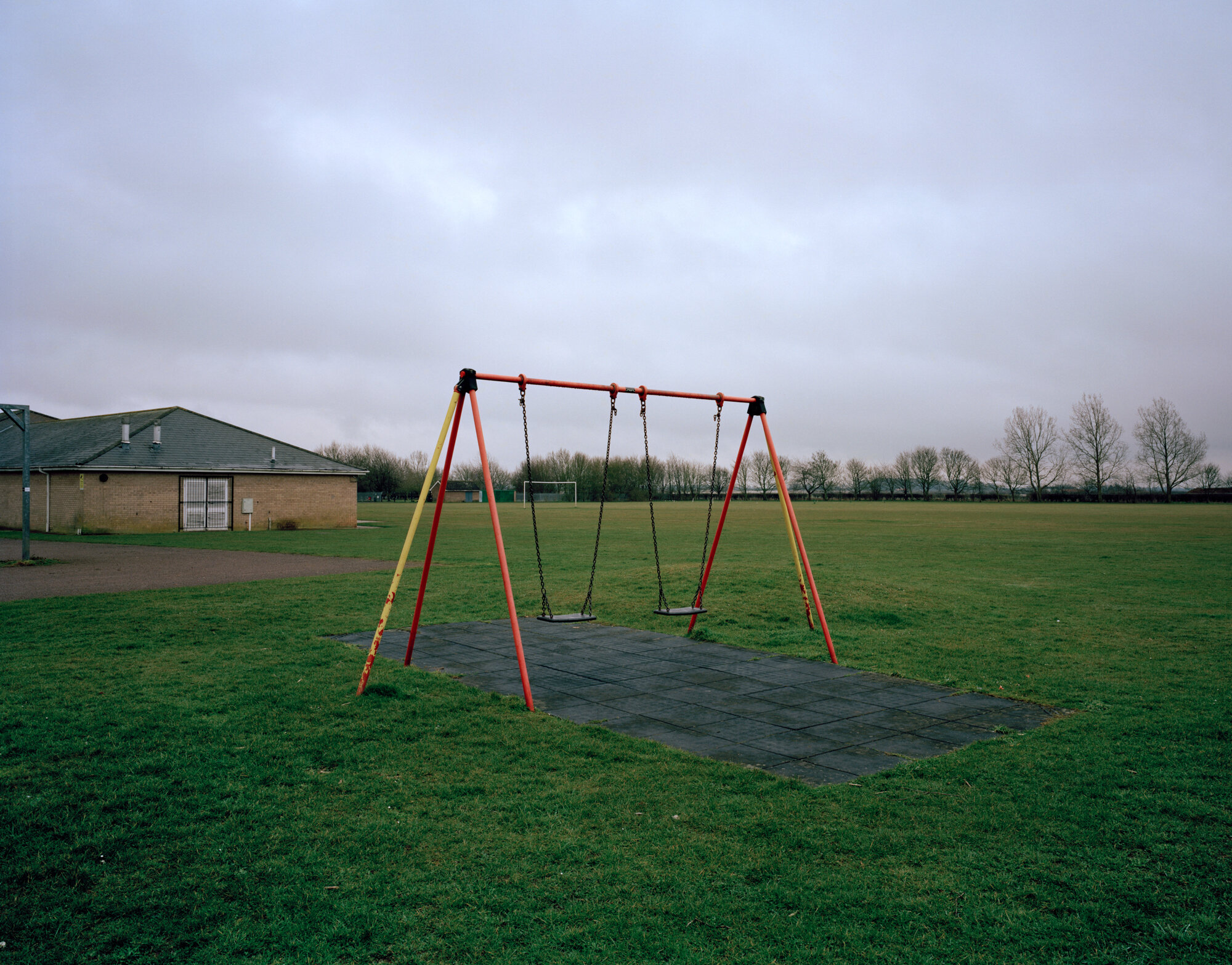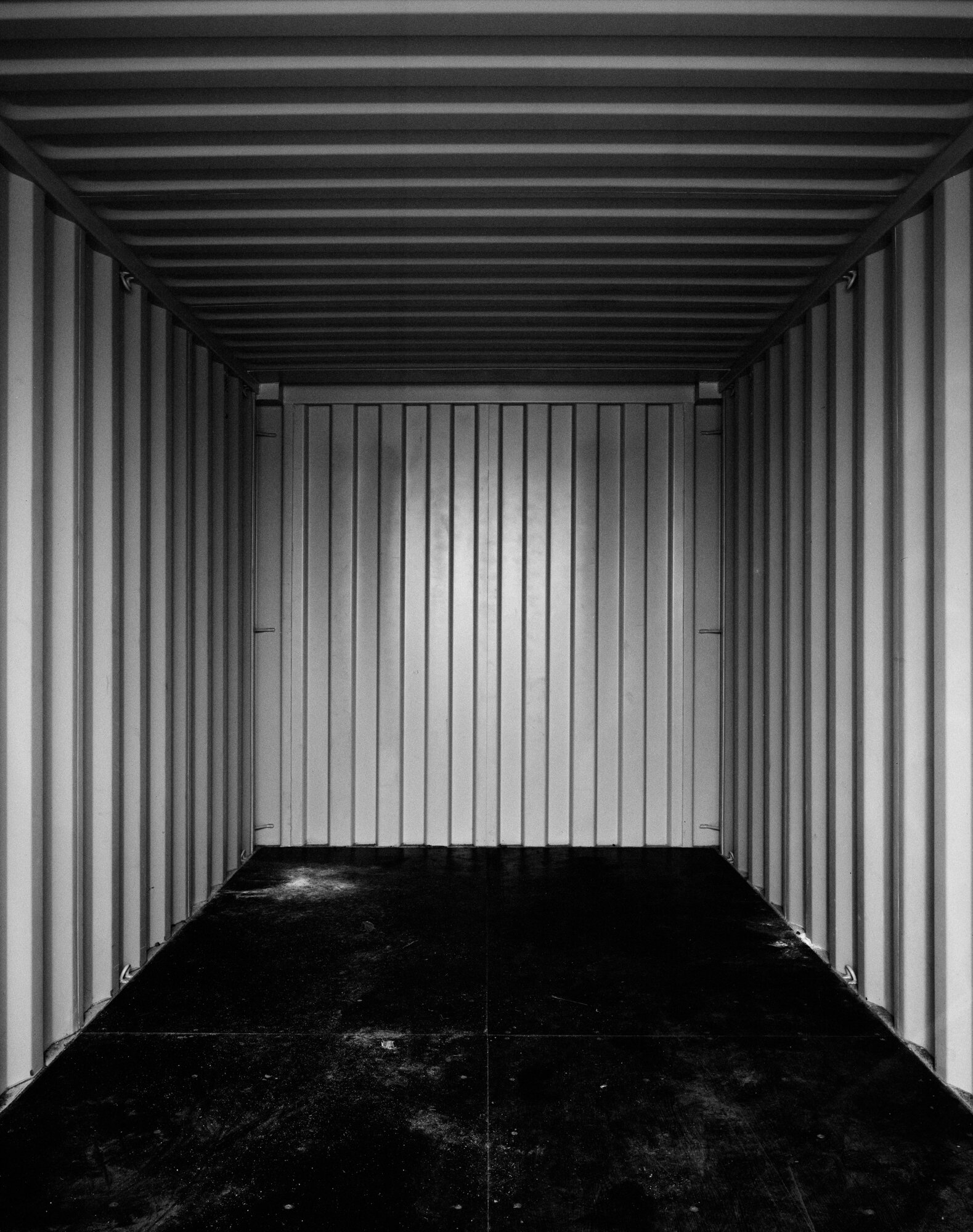Predator/Protector
BY NICHOLAS CONSTANT
Exploring the evolution of the battlefield and various forms of distance, Predator/Protector contemplates particular developments that may change the future of warfare (UAV/drone warfare) and what this means not just for the victim but the perpetrators as well. Using Sontag’s ideas of how war imagery on TV and internet distance us further from the actual happenings, as we relate these scenes to the cinematic, Predator/Protector attempts to combat this by showing that these issues materialise and take action from our space and in our time. Reflecting a stereotypical view of pastoral Britain, the land in these images challenge the idea of perception we have towards a modern day battlefield where the land would be completely different, yet the sky would be the same.
Adopting a similar aesthetic to that of British landscape painters then directing the camera towards the romanticised landscape, the project aims to contrast these idealistic and unintrusive views with the reality of what is taking place in these locations to show that they are part of the ever-expanding ‘battlespace’ in the information age. Romanticism derived from a time where the industrial revolution emerged, artists were drawn to look back to natural, idyllic settings in order to contrast and question their current political climate. Here, the images speak about our current time as a pivotal moment for the future of warfare. The interruptions in the landscape hint to how technological advances have meant that the battlefield could be considered to be here just as much as ‘there’ with soldiers technically commuting to and from the battlefield each day.
These images are combined with representations of aspects which cannot be seen from the public eye (the drones themselves and the operating rooms) this uncovers interesting parallels that would not be achievable photographing the actual subjects under investigation. Objects that have particular links to classical meanings are recontextualised to contrast names or places that are in use in the UAV programs. Such as the statue of Hermes, which is the name, the Israeli company ‘Elbit’ named one of its drones used in the 2014 Gaza attacks. The god Hermes is known for being a trickster and a traveller as well as escorting the dead to the river Styx. The fact they named an unmanned vehicle after an omnipresent being says a lot about the perception of the weapon.
Predator/Protector is the name of the new British drone where the name is being changed from Predator to Protector.
Bio
Internationally raised, London based artist with an interest in the spectacle of modern warfare. I explore spaces in which conflict occur particularly interested in the indirect effects on war; how they surface in the everyday and how these issues are dealt with in absence of mainstream media. Using a simple, unintrusive approach to many of the projects, I attempt to make invisible subjects visible through the use of landscape and context. Photographing in a slow and quiet manor, I try to force the viewer to study the image to extract the most information they can to then be reinforced by their own contextual knowledge and personal views. Consciously realising my place as a western spectator of modern conflict issues, I try to make work which aims to resonate with the western viewer in a non-confrontational way, believing empathy is most effective when the viewer pieces the puzzle together for themselves.
Instagram: @nicholas_constant
http://www.nicholasconstant.com/


